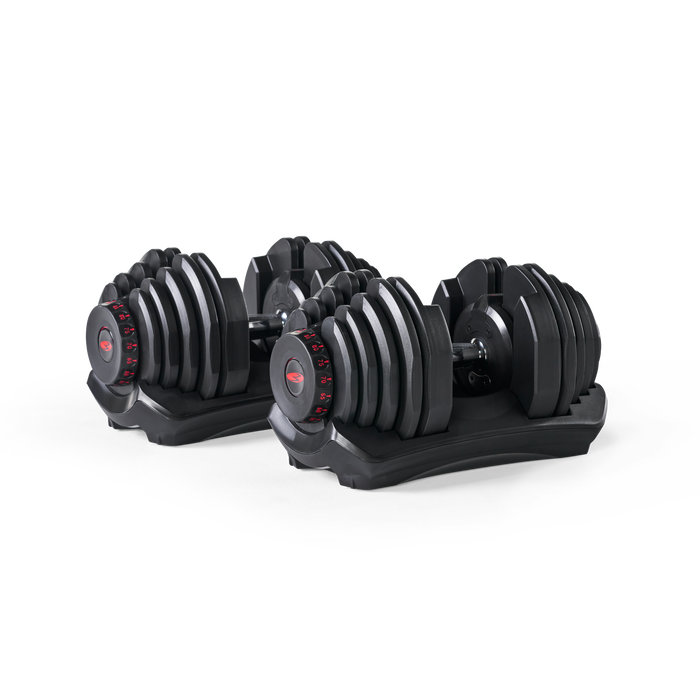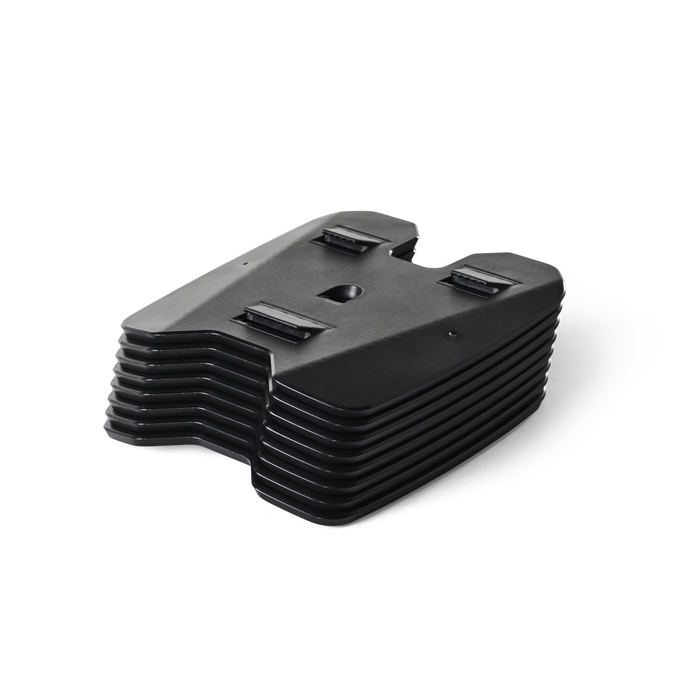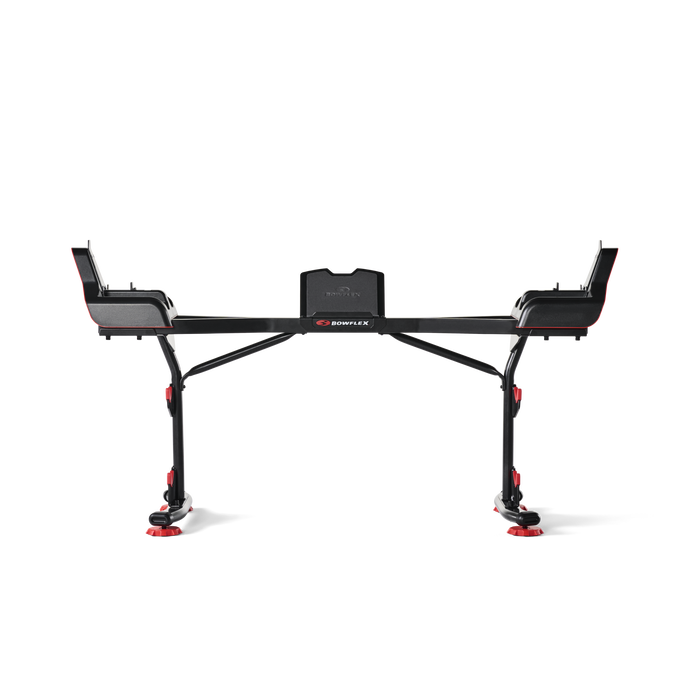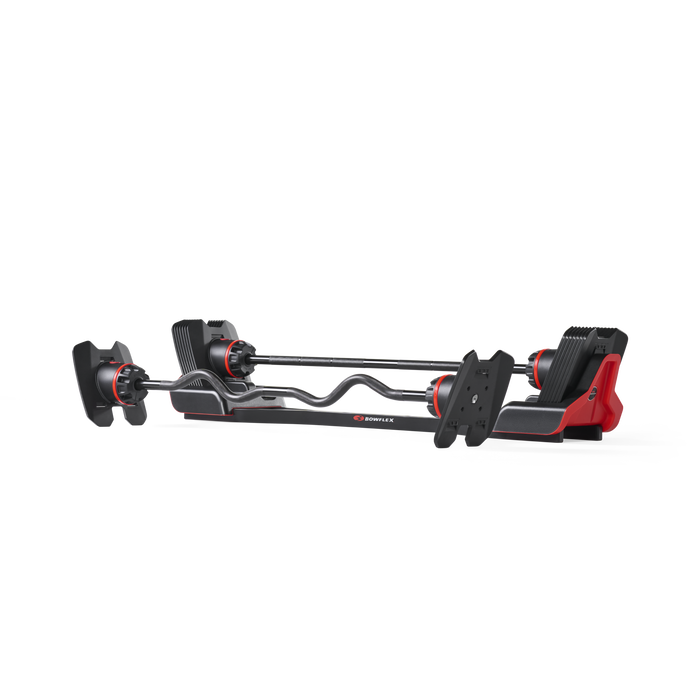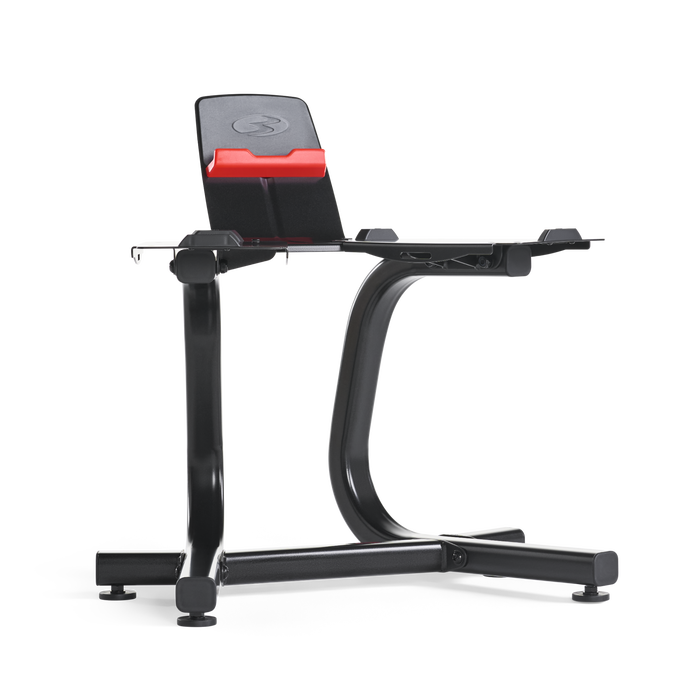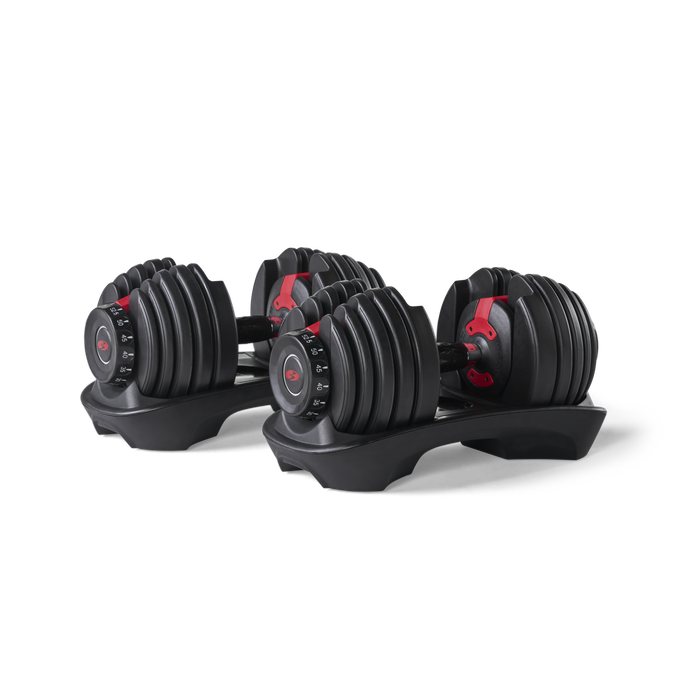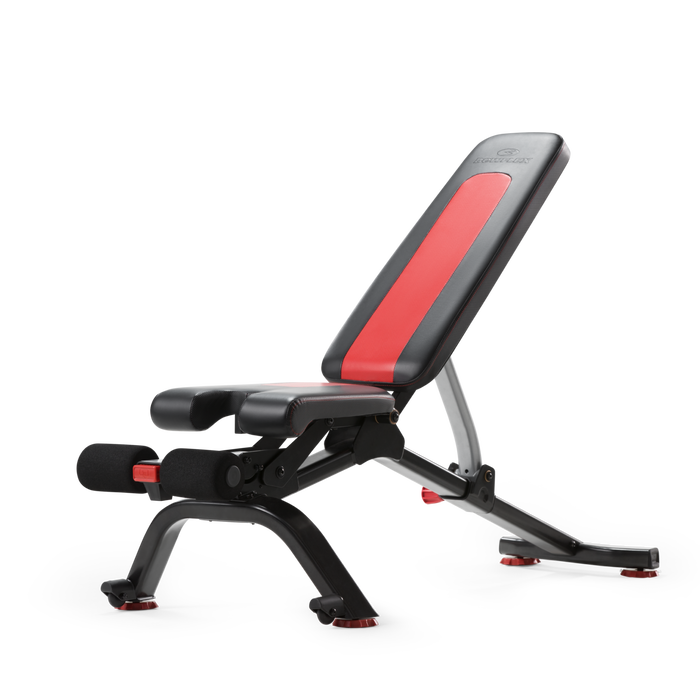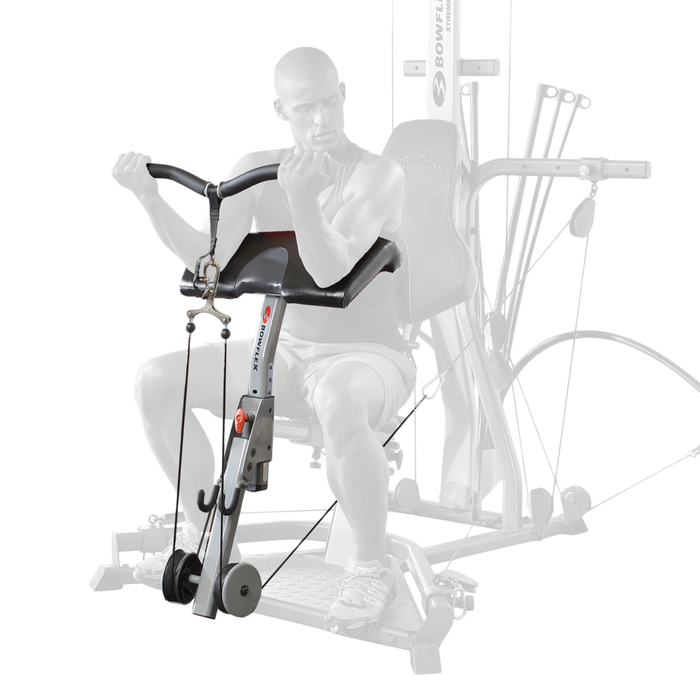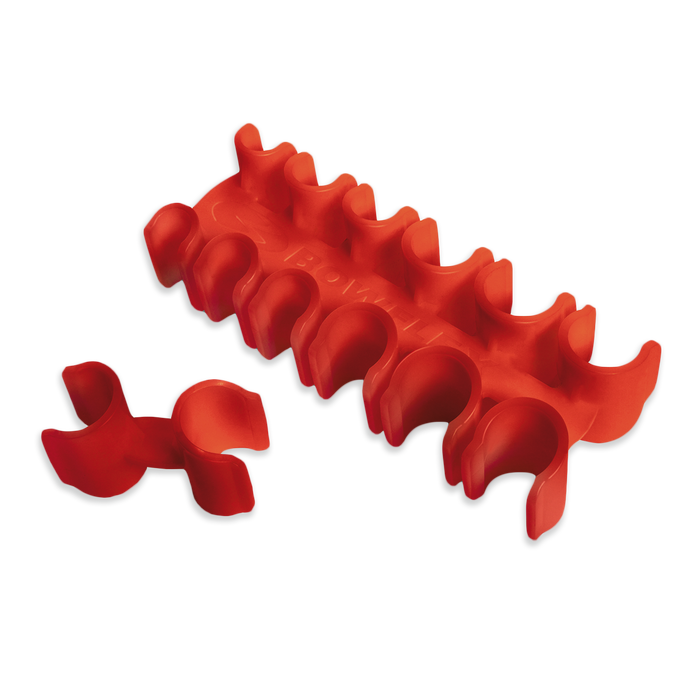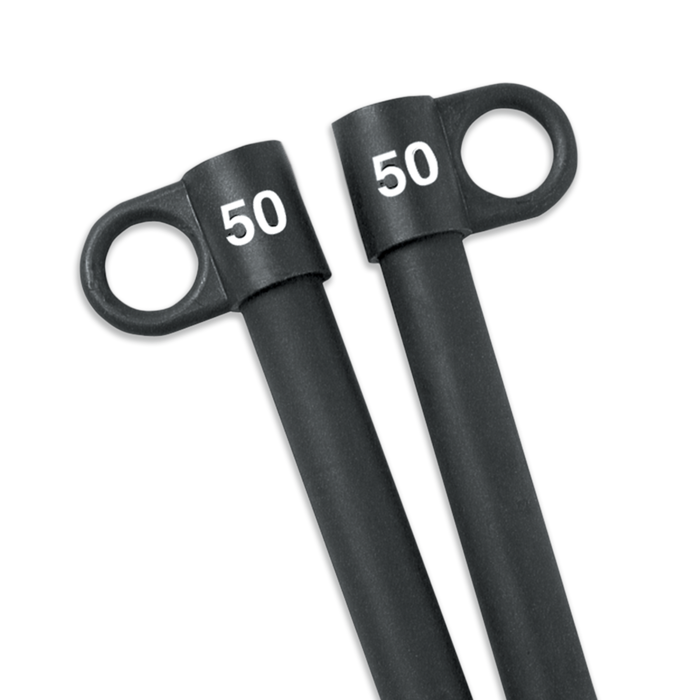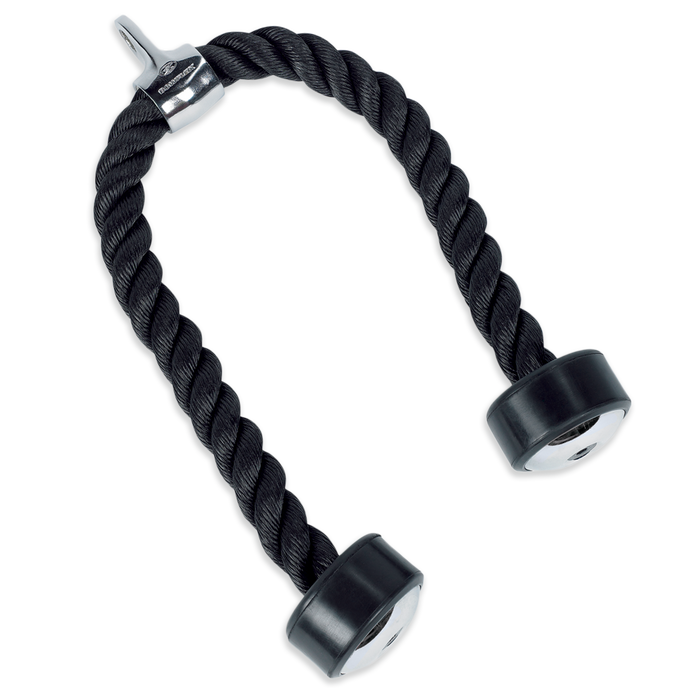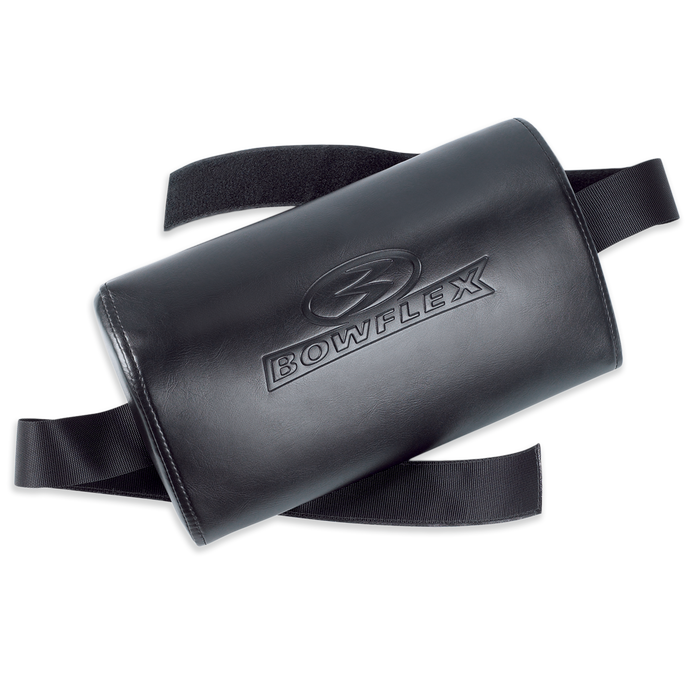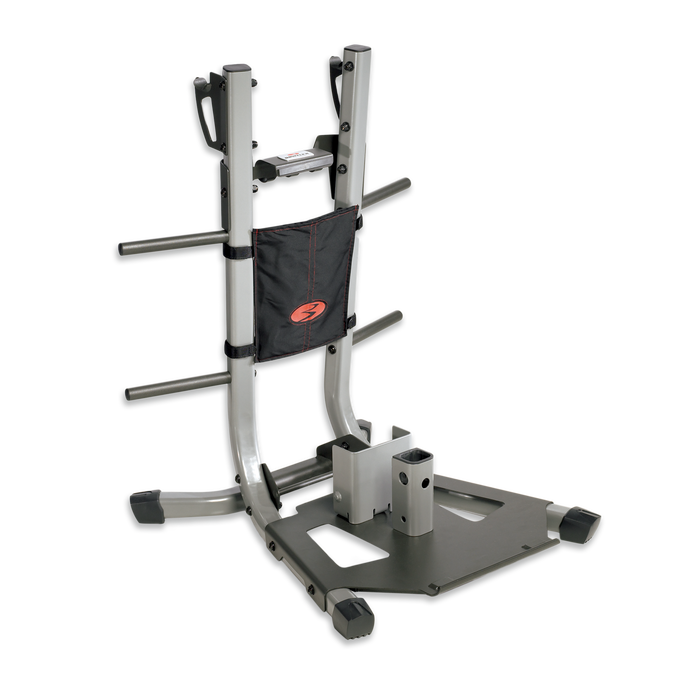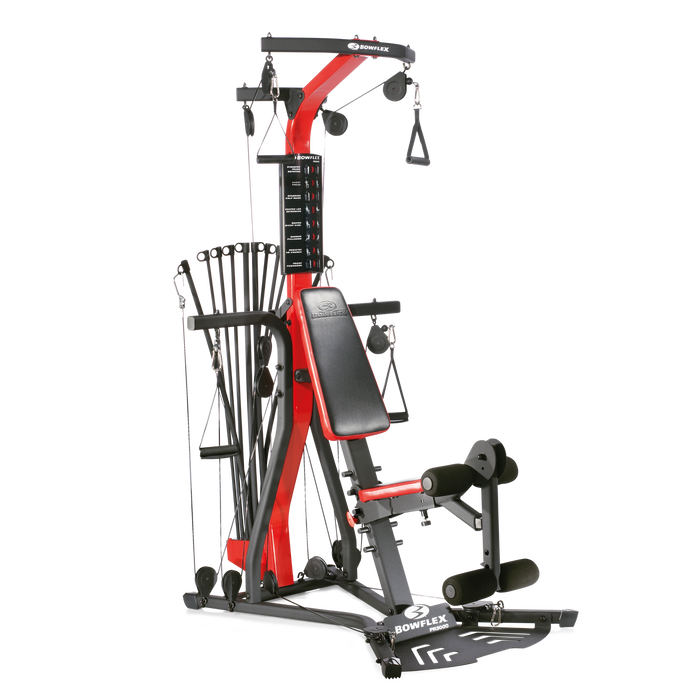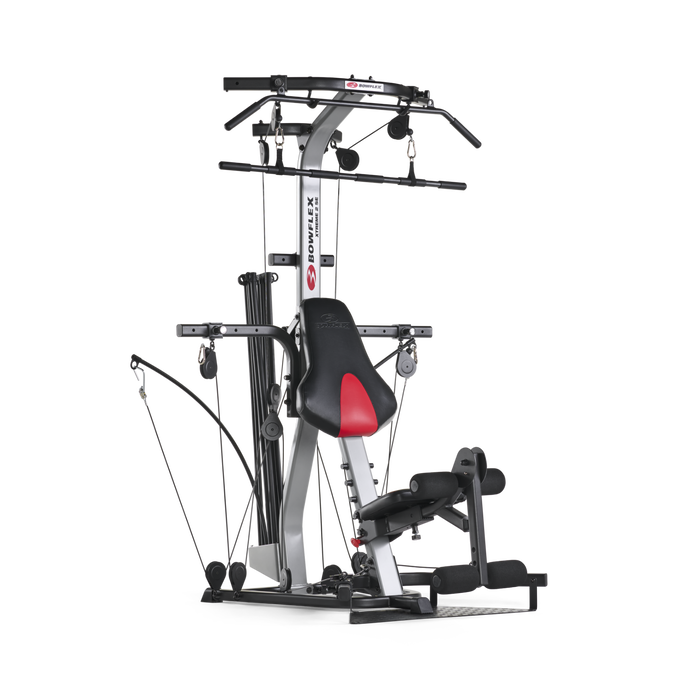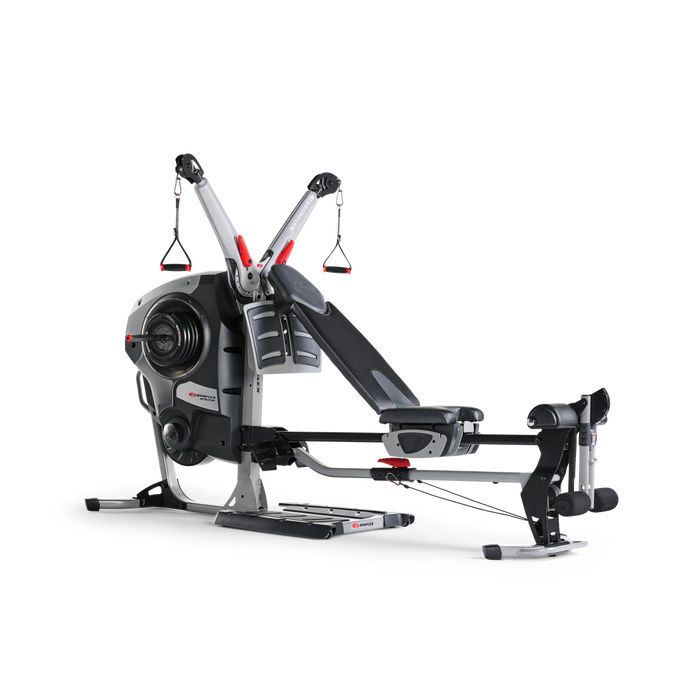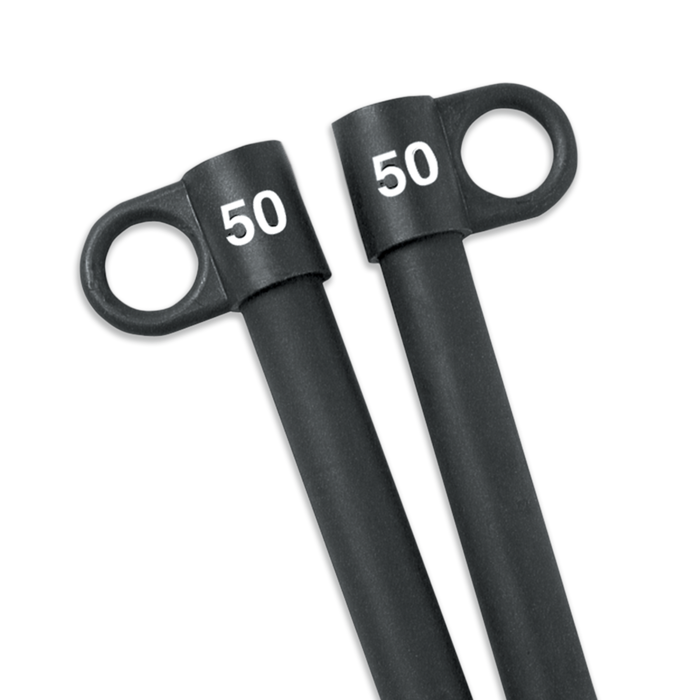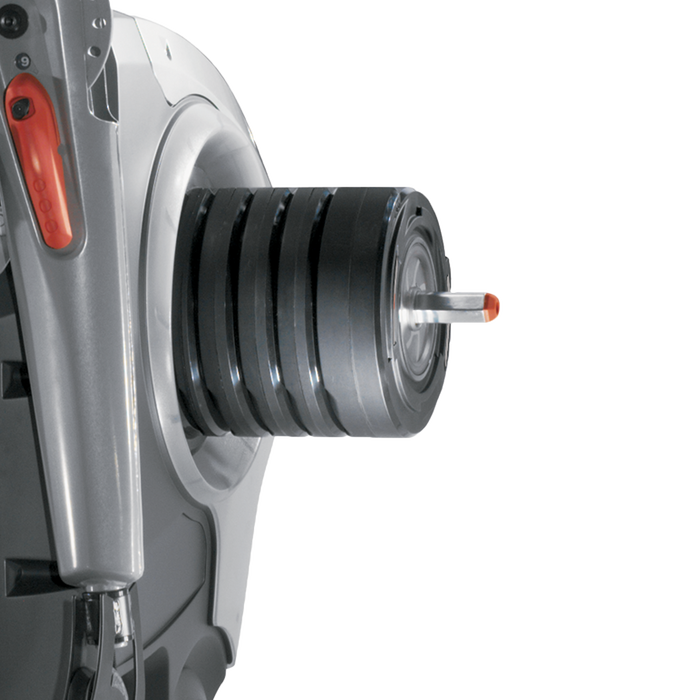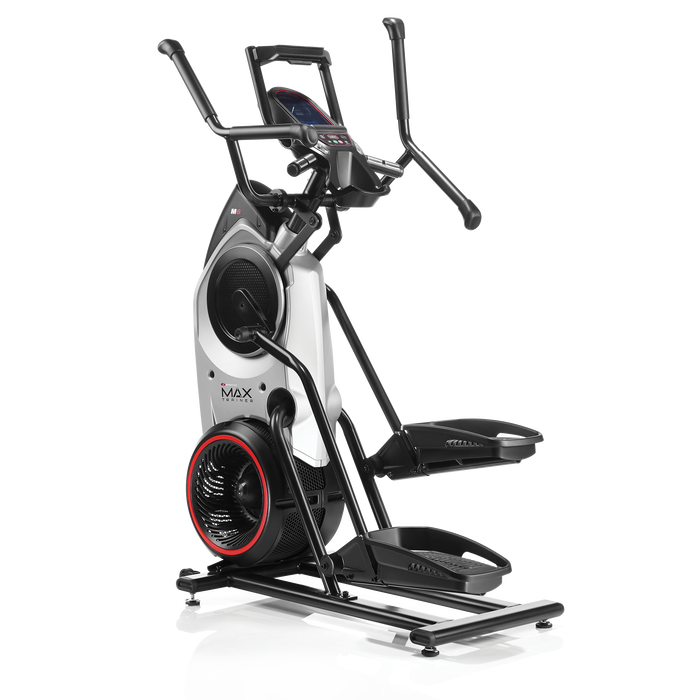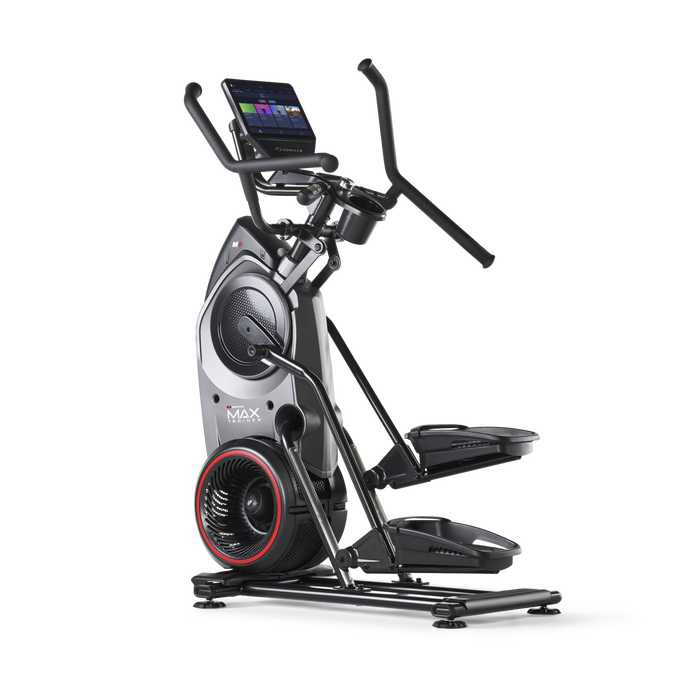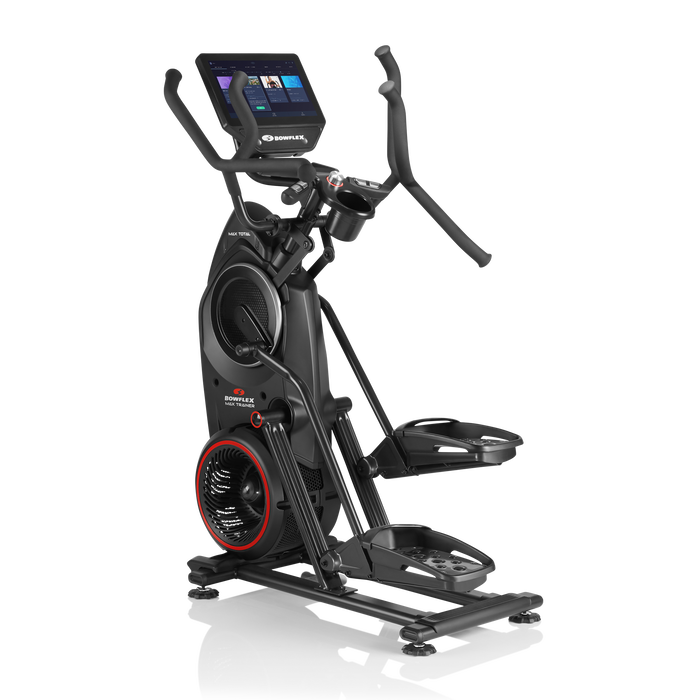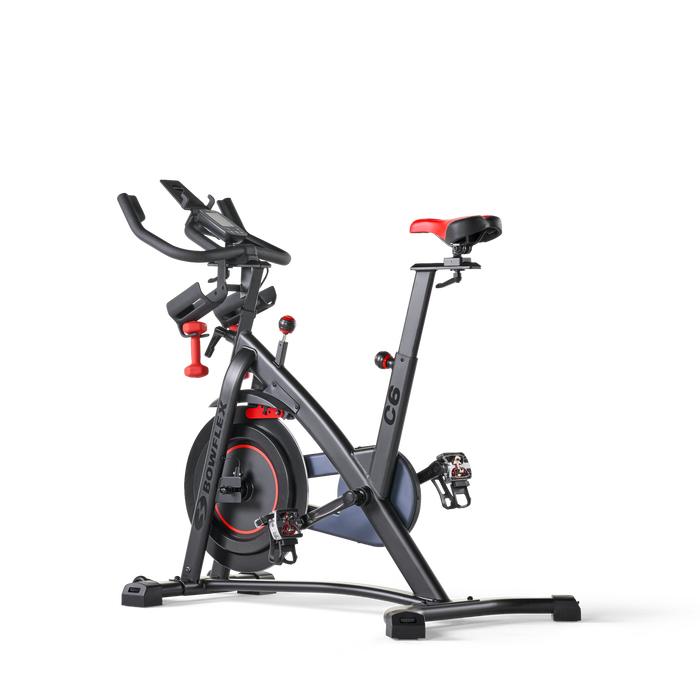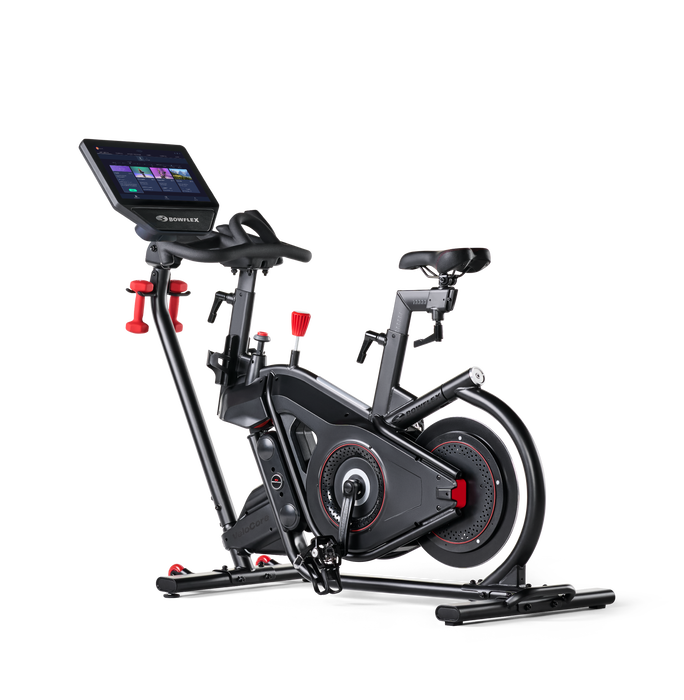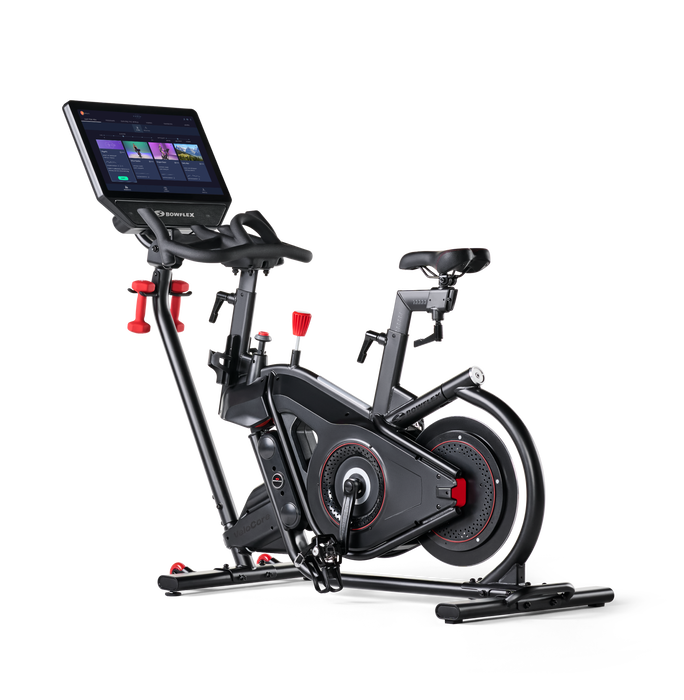Every Exercise is a Total Body Exercise

A leg extension is every bit as much a total body activity as a squat. A lot of trainers, "experts" and gurus will tell you the opposite. I am here to tell you they are WRONG! Let me explain …
In this day and age, exercises are largely deemed better or worse by how many muscles and joints they work. Exercises like the leg extension are demonized because they are isolating just one muscle group. Exercises like the squat are praised because they involve more working joints and challenge a greater volume of muscles. But is this true? Let's take a look at some of the popular claims that make squats a functional staple and see how leg extensions compare.
"A squat involves more joints." No, it doesn't. Sure, more joints are moving. However, just because the only joint that is moving (or should be moving) on the leg extension is the knee, doesn't mean the rest of them are not involved. Your brain is constantly monitoring all the joints of your body to keep them still even though you're sitting on a chair. This demands muscular involvement! In fact, the more still your core (and other joints) are and the heavier the load, the greater the demand on the muscles of the rest of your body to ALLOW your quads to perform the knee extension to its full ability.
Did you know that your ability to squat, especially with a barbell, is dependent on your core's ability to not move? If your core can't hold a 225 lb. barbell still, you ain't squatting 225 lbs.!!! This means you will have to reduce the load even if your legs are capable of handling 225 lbs. (a great reason to strategically use a leg press, by the way).
Thus, the squat and leg extension are equally dependent on your body's ability to keep all of your "non-working" joints still.
Saying a squat is more functional because it involves more working joints really makes me ponder why people think a plank is a super functional exercise. The whole goal of that is to keep EVERYTHING STILL. So, I guess things are only functional if they involve two or more moving joints or none at all? By the way, there is absolutely NO RESEARCH that supports this!
"The leg extension doesn't work the core because you're sitting in a chair" – Have you ever seen a dead person sit in a chair? His posture isn't very good, is it? Your core IS working!
"But it's not the same challenge as it is on the quads." Duh! That's no different from any other exercise, including the almighty squat. Do you think your core is being worked equally as hard as your quads or glutes when you squat? Do you think your quads and glutes are being worked equally as well? They're not. The cool thing about this is that you can manipulate which ones you want to be worked more without changing your form. But that's for another post.
What this all boils down to is that there is no such thing as muscular isolation. All we can do is strategically manipulate which muscles we want to have the greater challenge. For example, if your quads are weak and you want to increase your squat strength, it might be a good idea to use leg extensions because you can challenge your quads more and, in turn, make them stronger.
As you can see all exercises will require muscular involvement throughout the body. Just because they may not be moving does not mean they aren't involved in the exercise. Their job is to keep things still to help the moving muscles do their thing. That is how our body works in everything we do. That is functional training!
Remember, no total body exercise is a total body challenge!

